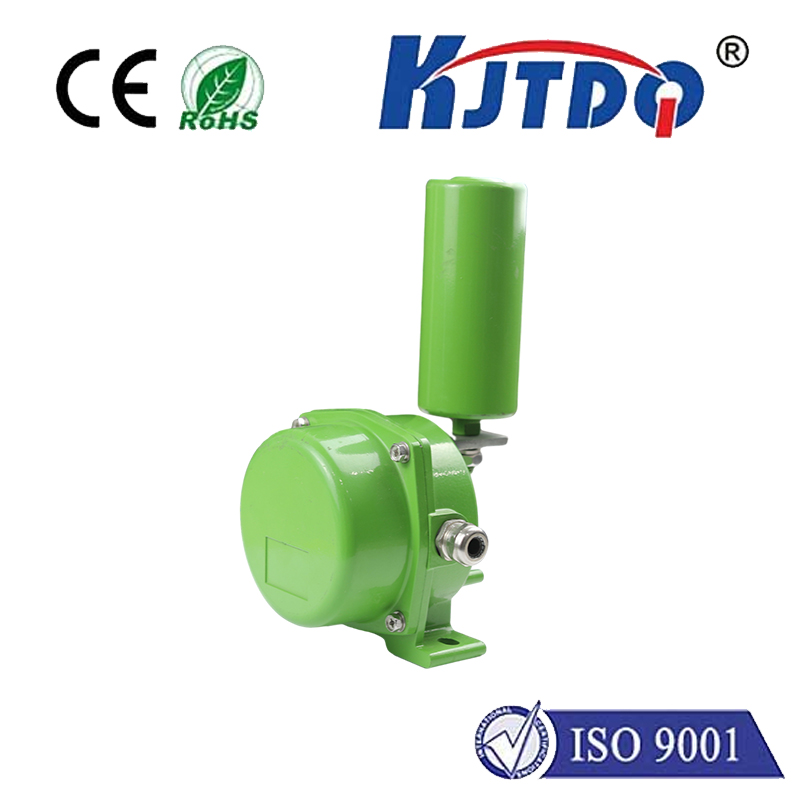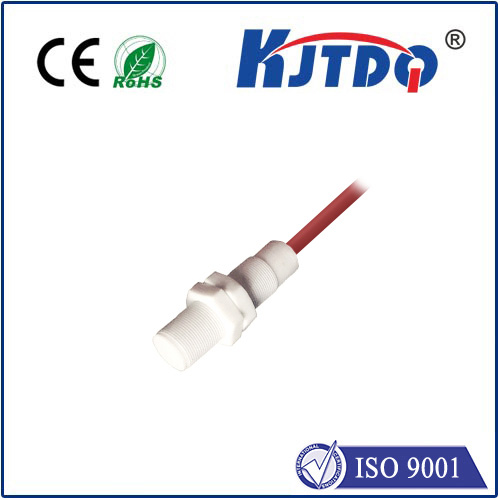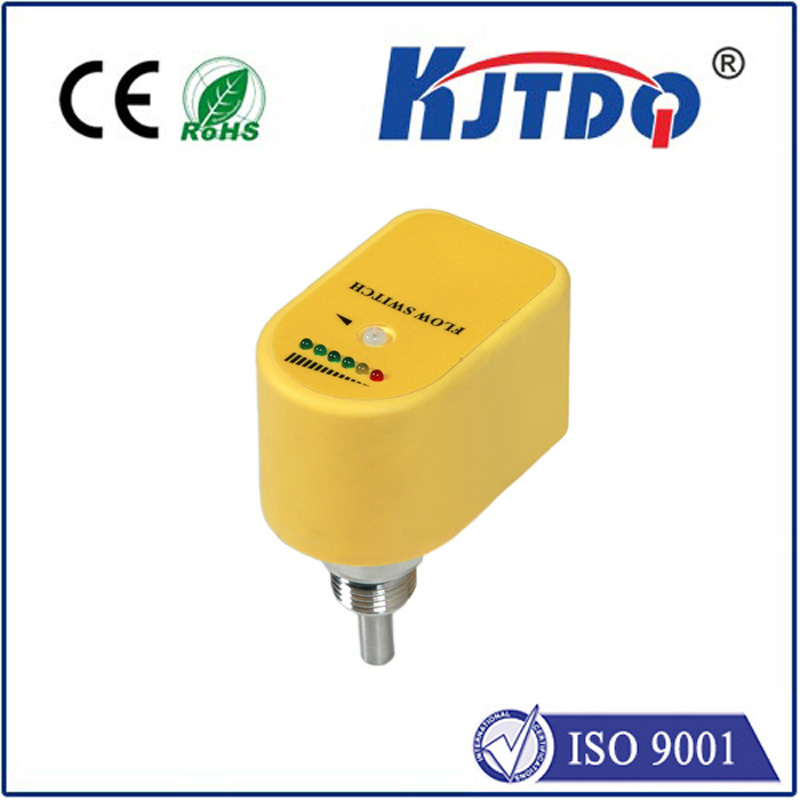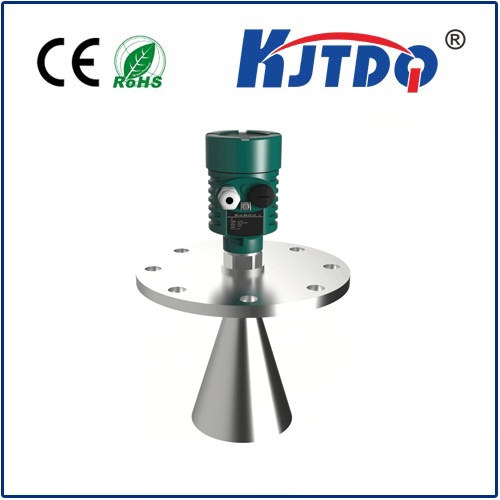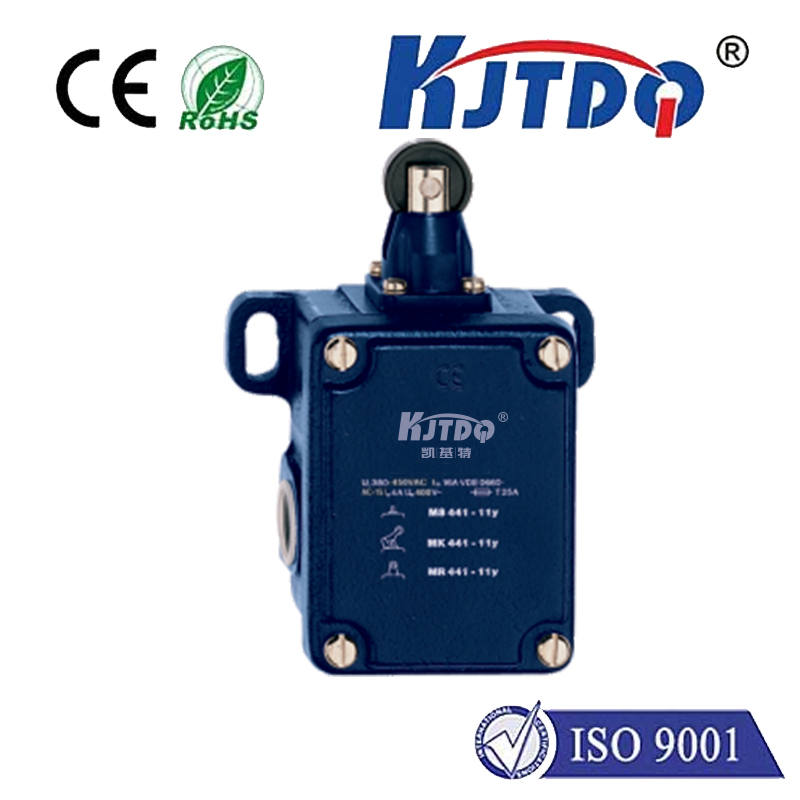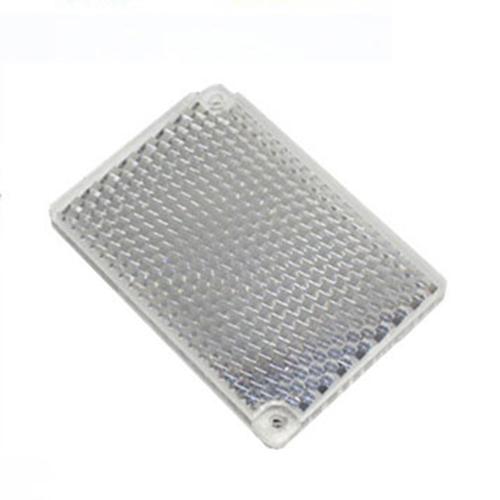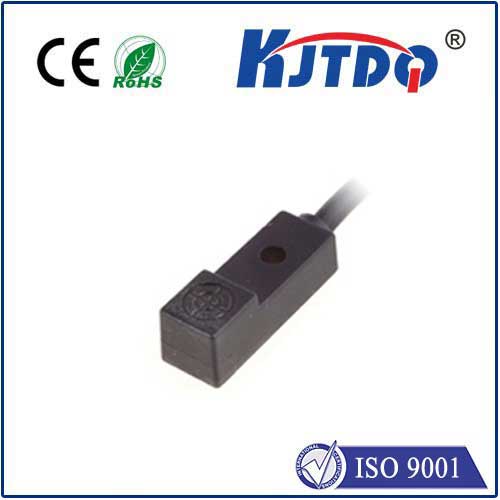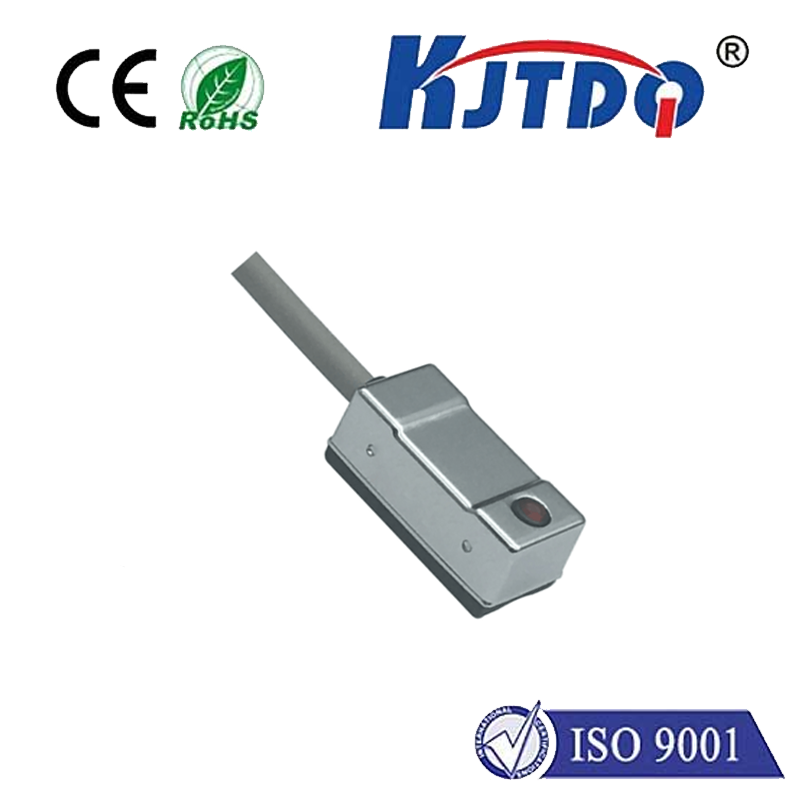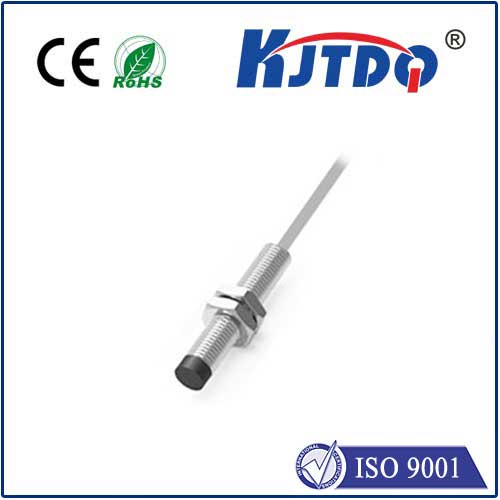inductive proximity switch
- time:2025-06-12 18:43:19
- Click:0
Inductive Proximity Switches: The Key to Reliable Non-Contact Metal Detection
Imagine a critical machine component moving at high speed. Traditional mechanical switches would wear out quickly, cause downtime, and introduce potential failure points. How do modern automated systems achieve fast, reliable, and wear-free detection of metal objects in demanding environments? The answer often lies in a remarkably robust technology: the inductive proximity switch. These sensors are the silent workhorses, silently ensuring precision, safety, and efficiency across countless industrial applications without ever physically touching their target.
Understanding the Core Principle: Electromagnetic Fields at Work
At its heart, an inductive proximity sensor operates on a fundamental principle: electromagnetic induction. Unlike optical or capacitive sensors, it is specifically designed to detect ferrous metals (like iron and steel) and often non-ferrous metals (like aluminum, copper, or brass) without any physical contact. Here’s a breakdown of its ingenious operation:

- The Oscillator: Inside the sensor’s active face (the sensing surface), an oscillator generates a high-frequency alternating electromagnetic field. This field constantly radiates outward into the immediate environment.
- Interaction with Metal: When a conductive metal object enters this electromagnetic field, something fascinating happens. The field induces tiny circulating electrical currents, known as eddy currents, within the metal object itself. This is the core of the electromagnetic induction process.
- Energy Drain Detection: The generation of these eddy currents causes a measurable energy loss or “damping” effect within the sensor’s oscillator circuit. It essentially draws energy away from the field generated by the sensor.
- The Trigger Point: A detection circuit within the sensor continuously monitors the amplitude or activity level of the oscillator. As the metal object approaches closer, the damping effect increases significantly.
- Signal Output: Once the damping effect reaches a predefined threshold (corresponding to a specific sensing distance), the sensor’s output circuitry is triggered. This changes the state of the sensor’s output signal – typically switching a Solid-State output (like a PNP or NPN transistor) to indicate “target present.”
Key Components of the Working Principle:
- Active Face: The front surface where the electromagnetic field is generated and metal detection occurs. Material and design affect performance.
- Oscillator: Generates the crucial high-frequency electromagnetic field.
- Detection Circuit: Analyzes changes in the oscillator’s state caused by eddy current damping.
- Output Circuit: Provides the switching signal (ON/OFF) based on detection. Common outputs include DC 3-wire (PNP or NPN), AC, or analog variants.
- Housing: Protects the sensitive internal electronics, usually made from robust materials like Nickel-plated brass, stainless steel, or specialized plastics like PPS/PBT for chemical resistance.
Why Choose Inductive Proximity Sensors? Key Benefits
Inductive proximity switches offer a compelling set of advantages that make them indispensable in tough industrial settings:
- True Non-Contact Operation: The sensor never touches the target, leading to zero mechanical wear. This translates to an exceptionally long operational lifespan and minimal maintenance requirements.
- Exceptional Dirt & Contaminant Tolerance: Unlike optical sensors, their operation is unaffected by dust, dirt, oil, grease, or condensation accumulating on the sensing face or the target object. They thrive in grimy environments where other sensors falter.
- High Reliability & Repeatability: Solid-state electronics and the absence of moving parts provide highly dependable switching. They offer excellent repeatability, meaning they consistently trigger at the same precise distance from the target.
- High Switching Speeds: Capable of detecting targets moving at very high speeds, making them ideal for fast-paced automation lines, counting applications, and speed monitoring.
- Robust Construction: Designed to withstand vibration, shock, harsh chemicals, and extreme temperatures common in industrial plants. IP67 and IP68 ratings are standard, ensuring protection against dust and water ingress.
- Simple Integration: Generally easy to install, wire, and configure within control systems. Standardized mounting threads (like M8, M12, M18, M30) and connection systems are widespread.
Diverse Applications: Where Inductive Sensors Shine
The unique capabilities of inductive proximity sensors make them ubiquitous across numerous sectors:
- Factory Automation & Robotics: Position sensing of cylinders, end-of-stroke detection, presence/absence verification of metal parts on conveyors, pallet detection, robot arm positioning. Critical for assembly line control and sequencing.
- Automotive Manufacturing: Detecting metallic components throughout the production process (engine blocks, chassis parts), monitoring tool position on welding robots, verifying gear position in transmissions.
- Packaging Machinery: Monitoring metal components in filling, capping, sealing, and labeling machines, detecting cans or foil lids, controlling conveyor flow.
- Material Handling: Monitoring position of metal chains, belts, or buckets, detecting metal objects on conveyors for sorting or diverting, checking door/gate position.
- Food & Beverage Processing: Detecting metal lids, cans, foil seals, or machine components (despite washdown requirements – requiring specific food-grade housings).
- Machine Tools: Tool breakage detection (metal shank presence), workpiece positioning, spindle monitoring.
- Hydraulics & Pneumatics: Position feedback for cylinders and valves (using embedded metal targets).
- Building Automation: Elevator position control (detecting metal plates on the car/counterweight), door position monitoring, security systems.
Selecting the Right Inductive Proximity Switch
Choosing the optimal sensor involves considering several factors:
- Target Material: Ferrous metals offer the longest sensing distances. Non-ferrous metals (Al, Cu, Brass) have shorter ranges. Confirm the sensor is rated for the metals you need to detect. Reduction factors are used to calculate the effective sensing distance for non-ferrous targets.
- Required Sensing Distance: The nominal sensing distance (
Sn) is specified for a standard target (usually mild steel). Ensure the actual operating distance required fits within this range with some margin.
- Housing Material & Size: Choose a robust housing (stainless steel for corrosive environments, PPS/PBT plastic for chemicals) and size












